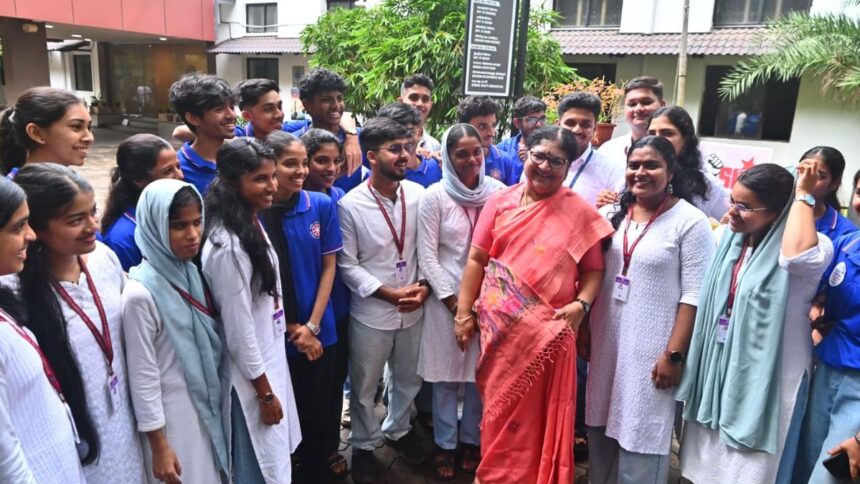As the countdown for Ganesha Chaturthi festival begins, the lanes of Pottery Town, Basavanagudi, and Shivajinagar in Bengaluru are bustling with idol workers operating overtime. But behind the colourful façade, the traditional clay idol sales still lag behind those made of Plaster of Paris (POP) despite a ban.
While clay idols are priced anywhere between ₹400 and ₹750 for a one-foot Ganesha, the painted POPs are readily available at costs that are as low as ₹150.
On top of it, the increased demand from buyers to get idols customised to their preferences pushes many idol makers to opt for POP as their choice of material.
A costly affair
“The clay is always valuable, but we need to learn the ability to look past its drawbacks,” says Suresh B. R., a fourth-generation potter working in the lanes of Pottery Town.
For years, the Karnataka State Pollution Control Board (KSPCB) has discouraged the use of POP idols, imposing fines and urging citizens to adopt eco-friendly alternatives. However, multiple challenges persist.
“The availability of suitable clay is scarce; the raw materials are imported from almost 200 kilometres away from the city, and each load demands a hefty expenditure of ₹15,000,” says Mr. Suresh.
According to him, the huge POP sculpture manufacturing units located near the city’s borders undermine efforts to make clay idols mainstream.
Time consuming
“POP idols flood the markets overnight, just before the festival day, leaving little room for clay idols to compete,” says Aravindh, a sixth-generation potter.
He explains how the production of these eco-friendly sculptures is distinct and painstaking compared to that of POP sculptures. “After a year-round toil, a potter makes around 3,000 to 4,000 clay idols. A lot of time goes into drying and doing the refining work. Whereas 10,000 POP idols can be made in a month,” Mr. Aravindh notes.
A retail owner on the lanes of Gandhi Bazaar, admits that although he sells the clay idols in the initial weeks, he shifts to POP as the festival approaches. “It is hard to keep selling eco-friendly goods to customers when they can find a cheaper alternative at the next shop,” he remarks.
According to him, although officials regularly check for POP sculptures along the lanes, the sales continue almost unperturbed .
Customers divided
However, there are more takers for idols made of sustainable materials among the city’s younger crowds, notes Krishnamurty, owner of Dasara Dolls, at Basavanagudi. “The older generations are still inclined to buy the coloured POP sculptures. However, there is increased awareness among the youngsters,” he says.
“We have always brought home clay idols because of our cultural beliefs and traditions that we followed for years,” said. Vidyavathi, a buyer at Kumbara Beedi, K. R. Puram.
On the other hand, Pramod Karthik, another customer, said, “POP idols offer a lot of variety and even options for customisation. Every year, the idol we bring home looks different than the one we had before.”
Published – August 22, 2025 04:21 pm IST




















